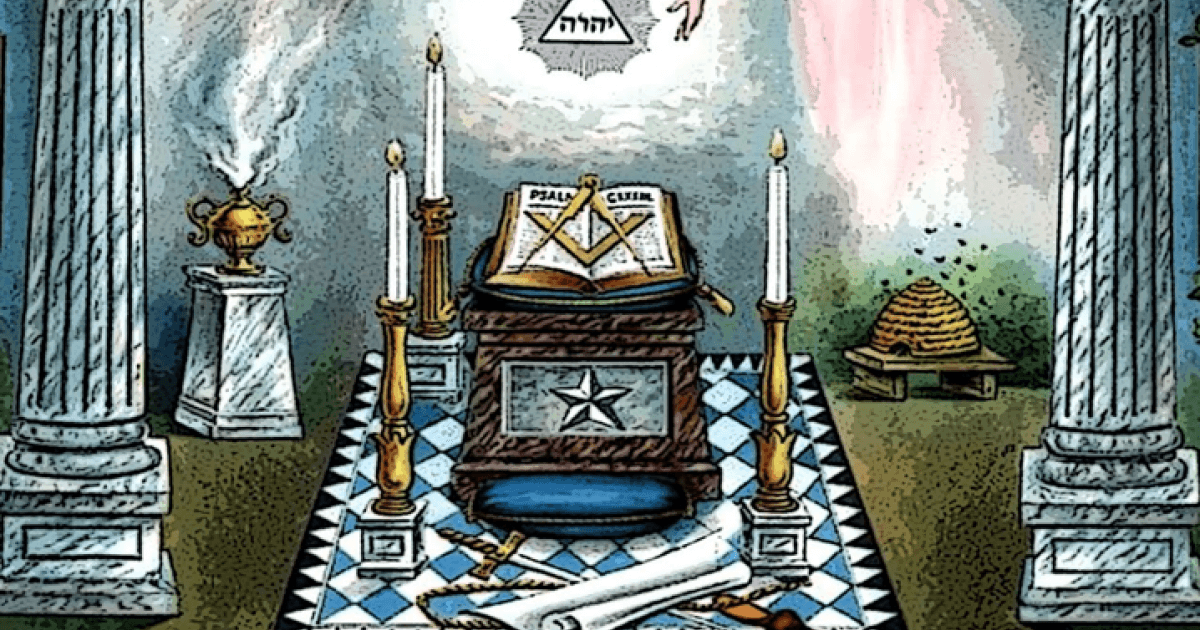This might be a little thin, but that hasn't stopped me before.
I keep trying to find something on the LUE clue that will lead to the places in New Mexico where LUE caches have been recovered or have the potential for a recovery, Elizabethtown, Black Lake, Mora and Romeroville. From the research that Randy Bradford shares, the words LLORO URRACA ENTERRARI were written on the LUE clue and some think these words might be a clue that will help solve the LUE clue. A rough translation is, LLORO to weep, URRACA a proper name and ENTERRARI to bury. Randy has offered the possible translation of, "URRACA CRIES BECAUSE IT IS BURIED."
Some people feel that Urraca Mesa in New Mexico is connected to the LUE because it is just NE of Black Lake, where a LUE cache was allegedly recovered.
Here's another possibility. On page 65 of his book HOW TO FIND THE TREASURES OF THE KNIGHTS OF THE GOLDEN CIRCLE, Roy Roush writes that the LUE was sometimes referred to as the LEAUX. LEAUX is the French word for water.
A few miles west of Black Lake the Mora River flows south to Mora and La Cueva, New Mexico. Here is an excerpt from the article, Where the Heart Resides: Stories from the Mora Valley. "... the Mora River Valley is a land of blackberries and black bears, pine forests and trout-stuffed streams. It contains a vibrant history within its lush rolling landscape, and possibly takes its name from a French trapper who wandere d over from Taos and dubbed it “les eaux des morts,” or “the waters of the dead,” for the corpse he found submerged in the river. (It was said that Mexicanos corrupted the term to “lo de Mora.”
Here is a French phrase, L'EAUX URA ENTERRAR, this phrase translates to, THE WATERS WILL BURY. Could "THE WATERS WILL BURY" be a clue directing to the Mora River? Something else of interest is Coyote Creek, which is a tributary of the Mora River. Twenty miles north of Mora, where Coyote Creek flows into the Mora River, Coyote Creek flows right by Black Lake.
Rumor is that LUE caches were recovered at Black Lake and just south of Mora. Also, near La Cueva, a carving was found that had some features of the LUE clue.
View attachment 2163847




